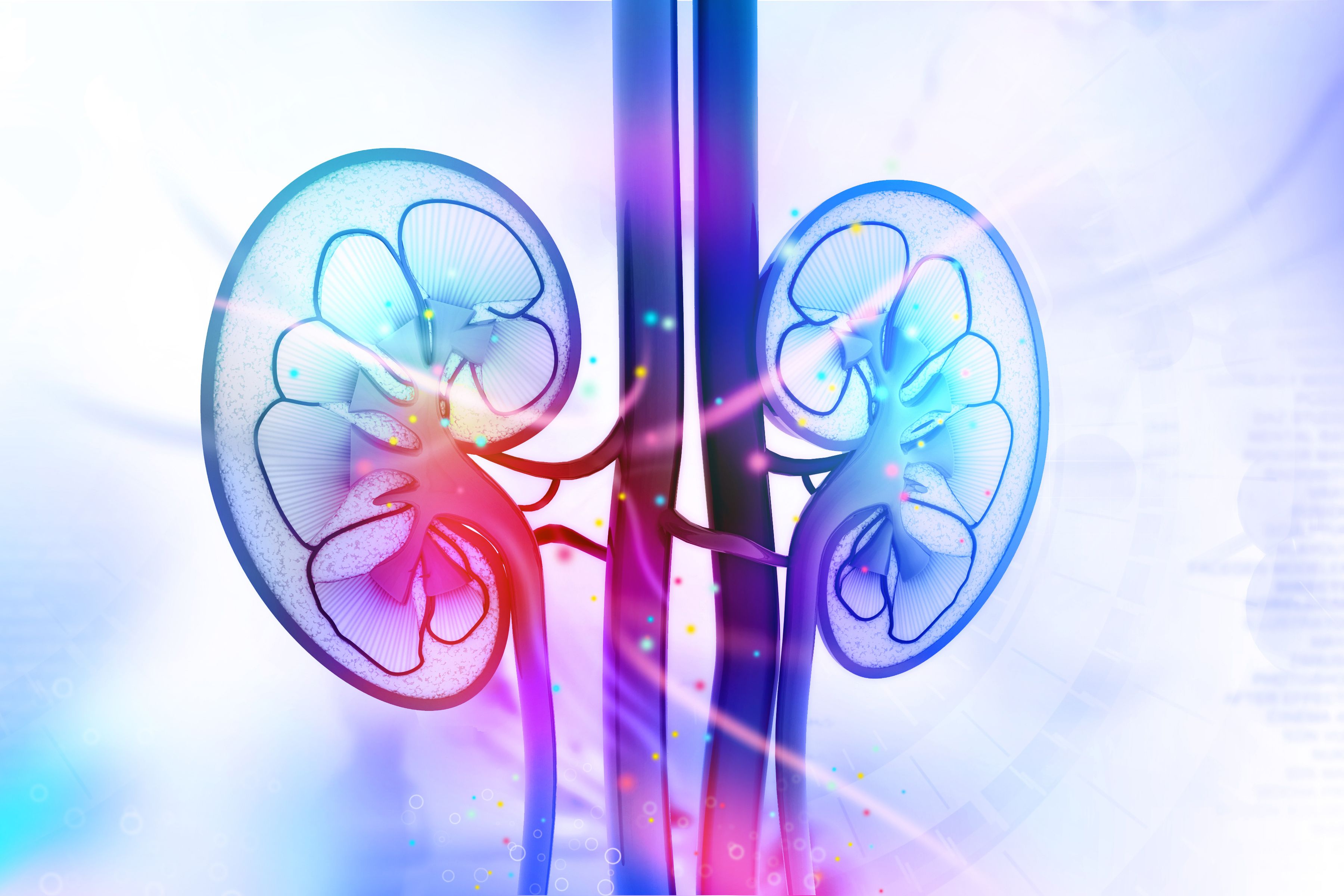News
Article
Study Suggests Additional Variables for Renal Risk Stratification in IgA Nephropathy
Author(s):
Findings showed the light microscopy pattern of glomerular injury and the intensity of mesangial C3 deposition may refine the histological assessment of IgAN.
Credit: Fotolia

A new study is calling for a reconsideration of the histological assessment of IgA nephropathy (IgAN), suggesting the current prognostic approach may be overlooking important variables beyond proteinuria and estimated glomerular filtration rate (eGFR) that could help more appropriately stratify treatment.1
Results of the retrospective, observational study suggest the light microscopy pattern of glomerular injury and the intensity of mesangial C3 deposition may stratify renal outcomes more accurately than the current prognostic tool for IgAN, which relies on clinical variables and does not take other significant histological factors into account.1
The 2021 KDIGO Guideline recommends the use of the International IgAN Prediction Tool for the prognostication of primary IgAN, including kidney failure and eGFR decline. However, it fails to consider several important histological components of IgAN that have come to light with recent research and may be important to consider in the evolving treatment landscape.2
“Given that the treatment landscape of IgAN has recently encountered a tremendous progress with several new agents that target various pathogenic pathways showing a benefit in randomized controlled trials, it became obvious that there is a need to better individualize prognostication and guide therapy relying on factors additional to proteinuria and renal function,” Bogdan Obrișcă, senior lecturer at Carol Davila University of Medicine and Pharmacy in Romania, and colleagues wrote.1
To investigate the clinical significance of the light microscopy pattern of glomerular injury and of the intensity of mesangial C3 staining in IgAN, investigators conducted a retrospective, observational study of 214 patients with biopsy-proven primary IgAN between 1999 to 2022 and ≥ 12 months of follow-up. The diagnosis of IgAN was based on immunofluorescence, light, and electron microscopy examination.1
The primary composite endpoint was a doubling of serum creatinine or end stage renal disease (ESRD), defined as dialysis, renal transplant, or eGFR < 15 ml/min. The secondary study endpoint was eGFR decline per year.1
Among the cohort, the mean age was 41.4 years and 66.4% of patients were male with a mean eGFR and median 24-hour proteinuria of 55.2 (Standard deviation [SD], 31.5) ml/min/1.73m2 and 1.5 g/day (Interquartile range [IQR], 0.8 to 3.25), respectively.1
Investigators noted the most frequent light microscopy pattern of glomerular injury identified was the mesangioproliferative pattern (37.4%), followed by the sclerotic pattern (22.5%) and proliferative/necrotizing glomerulonephritis (21.4%). Approximately 15% of the study cohort had normal glomeruli, while 3.3% showed crescentic glomerulonephritis. Mild-moderate and intense mesangial C3 staining was present in 30.6% and 61.1% of patients, respectively.1
Patients with sclerosing and crescentic patterns had the worst 5-year renal survival (48.8% and 42.9%, respectively) and the greatest rate of eGFR change/year (-2.32 ml/min/y and -2.16 ml/min/y, respectively) compared to those with other glomerular patterns of injury. Additionally, in comparison to those with normal glomeruli, patients with other light microscopy patterns had more frequent intense mesangial C3 staining.1
When evaluating the impact of mesangial C3 deposition, investigators identified the level of 24-hour proteinuria as the only significant clinical parameter associated with the intensity of mesangial C3 staining, noting patients with intense mesangial C3 staining had greater proteinuria compared to those without intense C3 staining (1.7 g/day vs 1.2 g/day; P = .05). They also pointed out the intensity of C3 deposition was mainly associated with chronic lesions.1
During a median follow-up period of 49.1 months, 29% of the study cohort reached one of the events of the primary composite endpoint, with 24.8% eventually progressing to ESRD over a median of 24.4 months (IQR, 10.7 to 69.7). Investigators pointed out serum C3 levels were lower in those that reached the composite endpoint and patients with sclerosing and crescentic pattern had the worst renal survival (48.8% and 42.9%, respectively).1
Further analysis stratified by light microscopy pattern, Oxford Classification variables, and mesangial C3 deposition revealed patients with intense C3 staining had lower renal survival, with the most significant differences observed in those with T2 score (80% vs 23.6%; P = .04) and sclerotic light microscopy pattern (83.3% vs 34.5%; P = .007). The intensity of mesangial C3 staining was also associated with renal outcome, with those with intense C3 staining reaching the composite endpoint or ESRD more frequently compared to those without intense C3 staining.1
Investigators pointed out the single center, retrospective study design, inability to differentiate whether the activation of predominantly alternative or lectin pathway was related to renal outcome, and heterogeneous treatment interventions among the cohort as potential limitations to these findings.1
“We have shown that the LM pattern of glomerular injury and the intensity of mesangial C3 deposition might reflect better the clinical characteristics of patients with IgAN and stratify more accurately the renal outcome compared to the Oxford Classification,” investigators concluded.1 “As such, refining the histologic assessment may aid in the renal risk stratification along with the currently accepted risk factors in IgAN.”
References:
- Obrișcă B, Mocanu V, Jurubiță R, et al. Histological reappraisal of IgA nephropathy: the role of glomerular pattern of injury and mesangial complement deposition. BMC Nephrology. https://doi.org/10.1186/s12882-024-03577-z
- Kidney Disease: Improving Global Outcomes (KDIGO) Glomerular Diseases Work Group. KDIGO 2021 Clinical Practice Guideline for the Management of Glomerular Diseases. Kidney Int. 2021;100(4S):S1-S276. doi:10.1016/j.kint.2021.05.021





